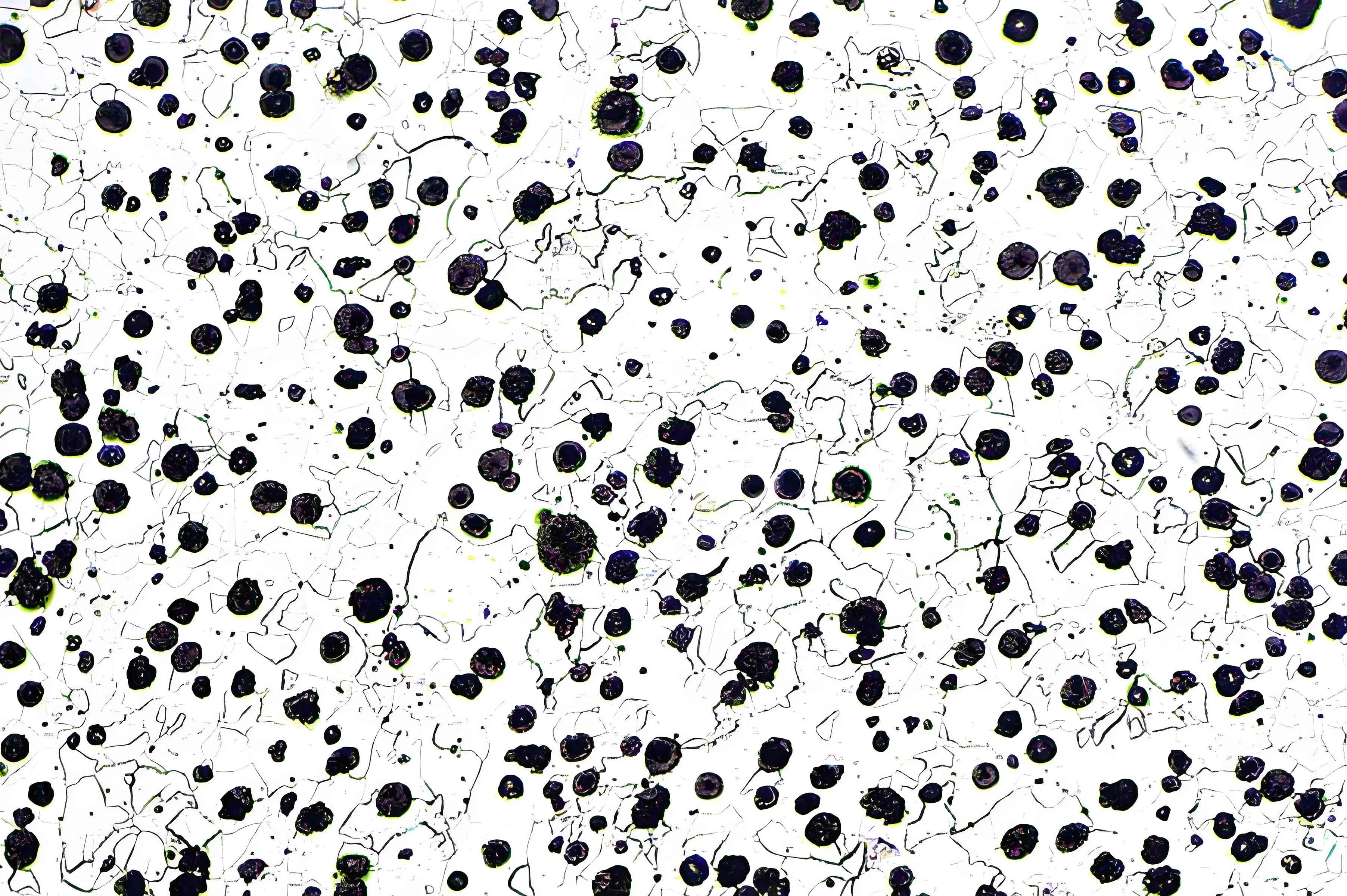Nodular cast iron is renowned for its superior mechanical properties, including high tensile strength, excellent ductility, and remarkable fatigue resistance. However, in applications where wear resistance is crucial, enhancing these properties further through advanced heat treatment techniques becomes essential. This article explores how advanced heat treatment processes can significantly improve the wear resistance of nodular cast iron, thereby extending its service life and performance in demanding environments.

Introduction
The wear resistance of nodular cast iron is a critical factor in its application across various industries, including automotive, heavy machinery, and manufacturing. Advanced heat treatment techniques can be employed to modify the microstructure of nodular cast iron, thereby enhancing its wear resistance. This article examines the impact of different heat treatment processes on the wear resistance of nodular cast iron and provides insights into the latest advancements in this field.
The Importance of Wear Resistance
Wear resistance is the ability of a material to withstand damage caused by friction, abrasion, and erosion. In many industrial applications, components made from nodular cast iron are subjected to high wear conditions. Enhancing the wear resistance of these components is crucial for:
- Increasing Durability: Longer-lasting components reduce the frequency of maintenance and replacements.
- Improving Performance: Enhanced wear resistance ensures consistent performance under harsh conditions.
- Reducing Costs: Longer service life of components leads to lower operational costs.
Table 1: Key Properties of Nodular Cast Iron Relevant to Wear Resistance
| Property | Description |
|---|---|
| Tensile Strength | High resistance to breaking under tension |
| Ductility | Ability to deform without breaking |
| Fatigue Resistance | Ability to withstand cyclic loading |
| Hardness | Resistance to indentation and abrasion |
| Toughness | Ability to absorb energy before fracturing |
Advanced Heat Treatment Techniques
1. Austempering
Austempering is a heat treatment process that involves heating nodular cast iron to a temperature where austenite forms, followed by rapid cooling to transform austenite into bainite. This process enhances the toughness and wear resistance of the material.
Benefits of Austempering:
- Increased toughness and impact resistance
- Improved wear resistance
- Enhanced fatigue strength
Case Study: Austempered Ductile Iron (ADI)
- Material: Austempered Nodular Cast Iron
- Application: Gear systems in heavy machinery
- Outcome: Significantly improved wear resistance and durability
2. Carburizing
Carburizing is a surface hardening process where nodular cast iron is exposed to a carbon-rich environment at high temperatures. This treatment increases the carbon content on the surface, resulting in a hard, wear-resistant outer layer while maintaining a tough and ductile core.
Benefits of Carburizing:
- Enhanced surface hardness
- Improved wear resistance
- Maintained core toughness
Table 2: Comparison of Carburized and Non-Carburized Nodular Cast Iron
| Property | Carburized Nodular Cast Iron | Non-Carburized Nodular Cast Iron |
|---|---|---|
| Surface Hardness (HV) | 600 – 800 | 200 – 300 |
| Wear Resistance | High | Moderate |
| Core Toughness | High | High |
3. Nitriding
Nitriding is a heat treatment process that introduces nitrogen into the surface of nodular cast iron. This process creates a hard, wear-resistant surface layer known as a nitride layer, which enhances the wear resistance and fatigue life of the material.
Benefits of Nitriding:
- Increased surface hardness
- Enhanced wear and corrosion resistance
- Improved fatigue strength
Case Study: Nitrided Ductile Iron
- Material: Nitrided Nodular Cast Iron
- Application: Hydraulic cylinder rods
- Outcome: Superior wear resistance and prolonged service life
4. Induction Hardening
Induction hardening is a process where the surface of nodular cast iron is heated rapidly using an induction coil and then quenched. This treatment produces a hardened surface layer with excellent wear resistance.
Benefits of Induction Hardening:
- Enhanced surface hardness
- Improved wear resistance
- Localized treatment minimizes distortion
Table 3: Induction Hardened vs. Non-Hardened Nodular Cast Iron
| Property | Induction Hardened | Non-Hardened |
|---|---|---|
| Surface Hardness (HV) | 700 – 900 | 200 – 300 |
| Wear Resistance | High | Moderate |
| Core Ductility | Maintained | Maintained |
Technological Advancements in Heat Treatment
Recent advancements in heat treatment technology have further improved the wear resistance of nodular cast iron. These include:
1. Computer-Controlled Heat Treatment
The use of computer-controlled heat treatment processes allows for precise control of temperature and timing, ensuring consistent and optimal results.
2. Hybrid Heat Treatment Processes
Combining multiple heat treatment techniques, such as carburizing followed by induction hardening, can enhance the wear resistance and mechanical properties of nodular cast iron even further.
3. Advanced Alloying
Incorporating advanced alloying elements, such as vanadium and niobium, into nodular cast iron before heat treatment can enhance its hardenability and wear resistance.
Table 4: Effects of Advanced Alloying Elements on Nodular Cast Iron
| Alloying Element | Effects |
|---|---|
| Vanadium | Increases hardness and wear resistance |
| Niobium | Enhances strength and fatigue resistance |
| Copper | Improves toughness and corrosion resistance |
Conclusion
Enhancing the wear resistance of nodular cast iron through advanced heat treatment techniques is essential for its application in demanding industrial environments. Techniques such as austempering, carburizing, nitriding, and induction hardening significantly improve the material’s surface hardness, wear resistance, and overall performance. With continuous advancements in heat treatment technology and alloying methods, the potential for nodular cast iron in various applications will continue to grow, ensuring its relevance and utility in modern engineering.
